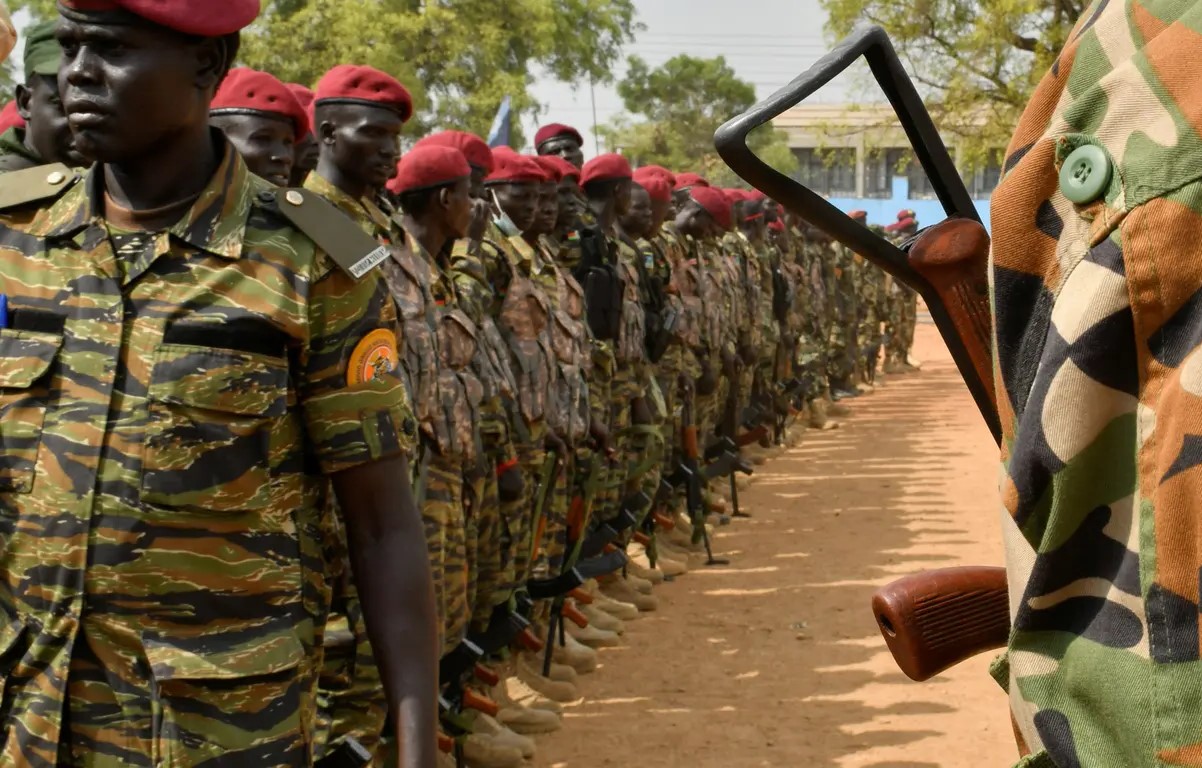
Why has the Sudanese-Ugandan border conflict persisted for so long? The Sudanese-Ugandan border conflict has deep roots in historical, political, and ethnic tensions. Colonial-era boundaries drawn by European powers ignored local tribal territories, creating friction. Post-independence, both nations experienced civil wars and political instability, which spilled over the border. Rebel groups often found refuge across the border, leading to military incursions. Additionally, natural resources like oil and fertile land have fueled disputes. Ethnic groups straddling the border complicate matters, as their loyalties often clash with national interests. Efforts at peace have been hampered by distrust and broken agreements. Understanding these factors is key to grasping the conflict's persistence.
Key Takeaways:
- The Sudanese-Ugandan border conflict has deep historical roots, involving colonial borders, rebel groups, and strained relations between key leaders. It has led to humanitarian crises and international involvement.
- Despite decreased intensity, tensions persist in the Sudanese-Ugandan border conflict. Efforts for diplomatic relations, economic cooperation, and community peace initiatives are ongoing, but sustainable peace remains a challenge.
Historical Background
Understanding the Sudanese-Ugandan border conflict requires a look into its historical roots. The conflict has deep-seated origins that date back several decades.
- The border between Sudan and Uganda was drawn by colonial powers in the early 20th century, without considering the ethnic and cultural ties of the local populations.
- Post-independence, both countries experienced internal conflicts that spilled over into border regions, exacerbating tensions.
- The Lord's Resistance Army (LRA), a rebel group originating in Uganda, found refuge in Sudan, leading to cross-border military actions.
- Sudan and Uganda have accused each other of supporting rebel groups within their territories, further straining relations.
Key Players
Several groups and individuals have played significant roles in the conflict. Their actions and decisions have shaped the course of events.
- Joseph Kony, leader of the LRA, used Sudanese territory as a base for operations against Uganda.
- The Sudanese government, at times, provided support to the LRA, viewing it as a counterbalance to Ugandan support for Sudanese rebels.
- Yoweri Museveni, President of Uganda, has been a vocal critic of Sudan's involvement with the LRA.
- Omar al-Bashir, former President of Sudan, had a complex relationship with Uganda, marked by periods of both cooperation and conflict.
Major Incidents
Several key incidents have marked the Sudanese-Ugandan border conflict, each escalating or de-escalating tensions.
- In 1995, the Ugandan army launched Operation Iron Fist, targeting LRA bases in southern Sudan.
- The signing of the Comprehensive Peace Agreement in 2005 between the Sudanese government and the Sudan People's Liberation Movement (SPLM) reduced some tensions but did not resolve all issues.
- In 2008, the Ugandan army, along with forces from South Sudan and the Democratic Republic of Congo, launched Operation Lightning Thunder against the LRA in Sudanese territory.
- Cross-border cattle raids have been a persistent issue, with armed groups from both sides engaging in these activities.
Humanitarian Impact
The conflict has had severe humanitarian consequences, affecting thousands of lives on both sides of the border.
- Thousands of civilians have been displaced due to the fighting, seeking refuge in camps within Uganda and Sudan.
- Human rights abuses, including abductions and forced conscription by the LRA, have been rampant.
- The conflict has disrupted agricultural activities, leading to food insecurity in border regions.
- Access to basic services like healthcare and education has been severely limited due to ongoing violence.
International Involvement
The international community has played a role in attempting to mediate and resolve the conflict.
- The United Nations has deployed peacekeeping missions in the region to monitor ceasefires and protect civilians.
- The African Union has facilitated peace talks between Sudan and Uganda, aiming to address underlying issues.
- Western countries, including the United States, have provided military and humanitarian aid to Uganda to combat the LRA.
- Non-governmental organizations (NGOs) have been active in providing relief and advocating for peace in the region.
Current Status
While the intensity of the conflict has decreased, tensions remain, and the situation is far from fully resolved.
- The LRA's influence has waned, but remnants of the group still pose a threat in some areas.
- Sudan and Uganda have engaged in diplomatic efforts to improve relations, including joint border patrols and intelligence sharing.
- Economic cooperation initiatives, such as cross-border trade agreements, have been introduced to foster better relations.
- Local communities on both sides of the border continue to call for lasting peace and development initiatives.
- The conflict's legacy remains, with ongoing efforts needed to address the root causes and ensure sustainable peace.
Final Thoughts on the Sudanese-Ugandan Border Conflict
Understanding the Sudanese-Ugandan Border Conflict sheds light on the complexities of regional disputes. This conflict, rooted in historical, political, and economic factors, has had profound impacts on both nations. The border, a line on a map, represents deeper issues of identity, resources, and power.
Efforts to resolve the conflict have seen mixed results, with peace agreements often falling short. However, the resilience of the people and the ongoing diplomatic efforts offer hope. By learning about this conflict, we gain insight into the broader challenges facing many regions worldwide.
Awareness and education are crucial in fostering empathy and support for those affected. As we reflect on these facts, let's remember the importance of dialogue, cooperation, and understanding in resolving conflicts and building a more peaceful world.
Frequently Asked Questions
Was this page helpful?
Our commitment to delivering trustworthy and engaging content is at the heart of what we do. Each fact on our site is contributed by real users like you, bringing a wealth of diverse insights and information. To ensure the highest standards of accuracy and reliability, our dedicated editors meticulously review each submission. This process guarantees that the facts we share are not only fascinating but also credible. Trust in our commitment to quality and authenticity as you explore and learn with us.
